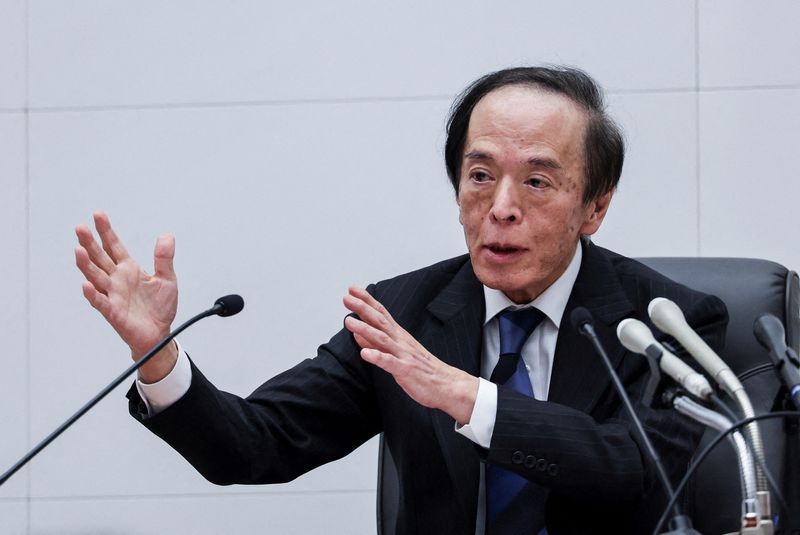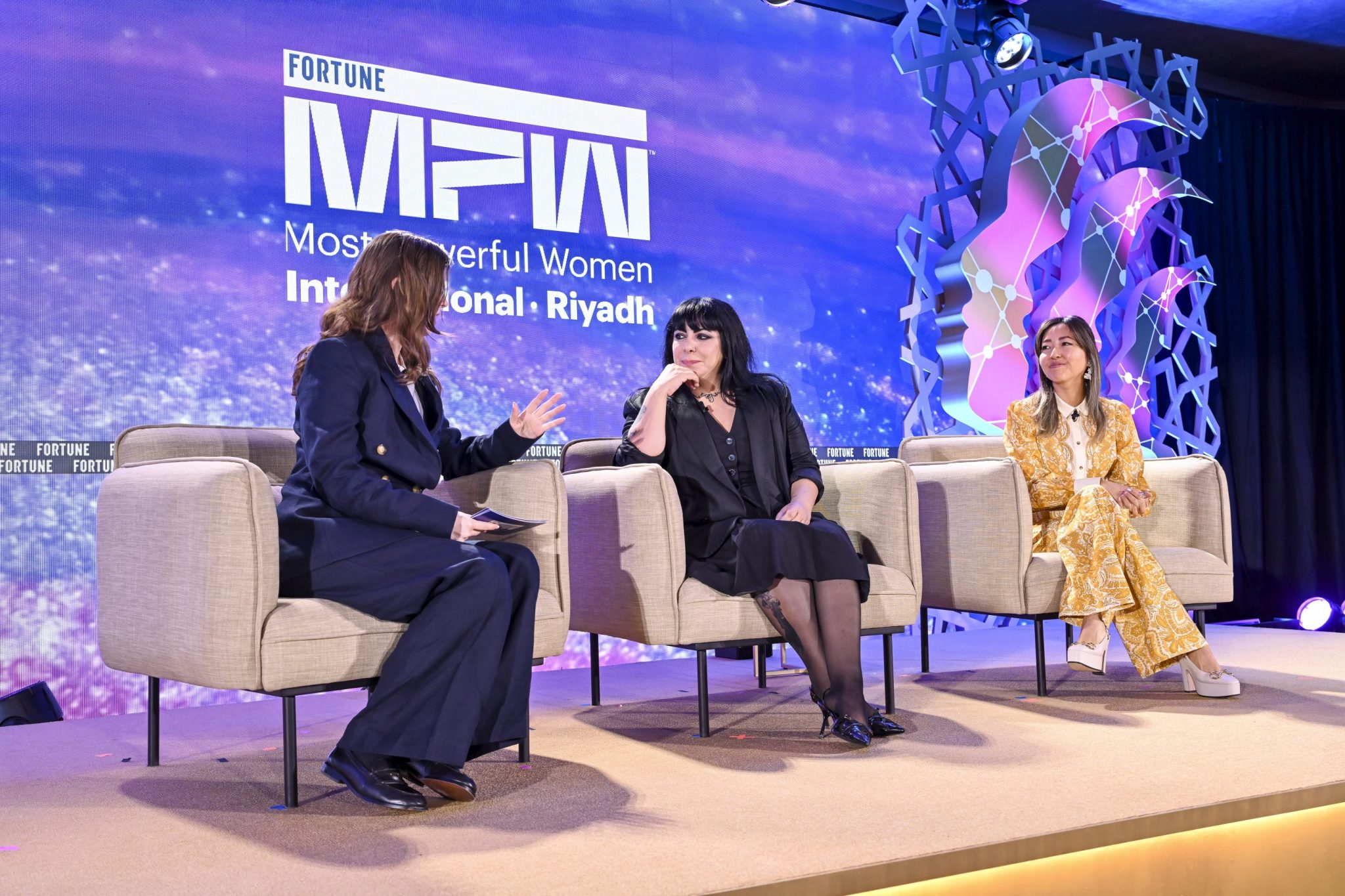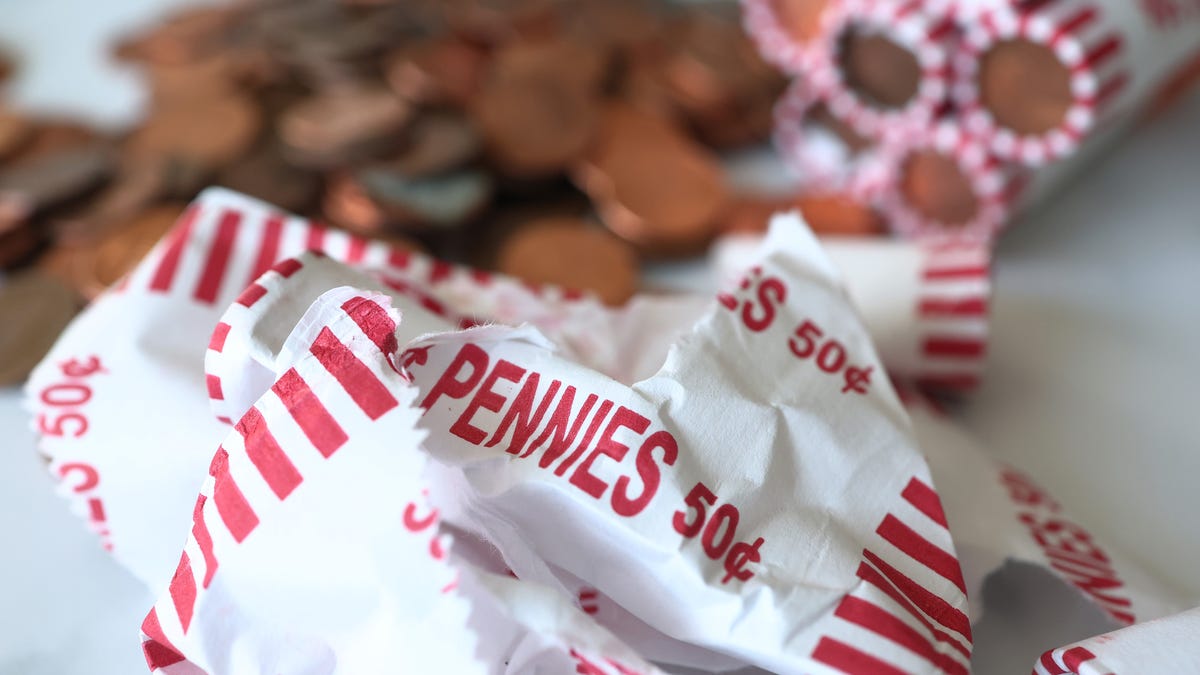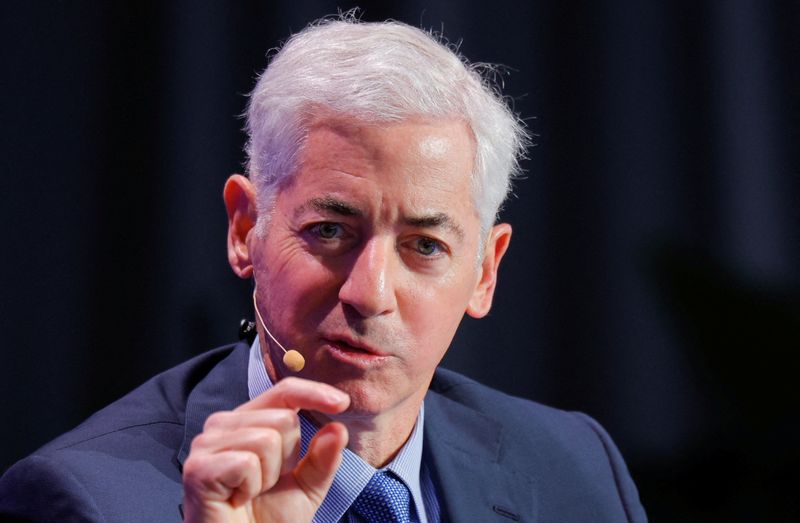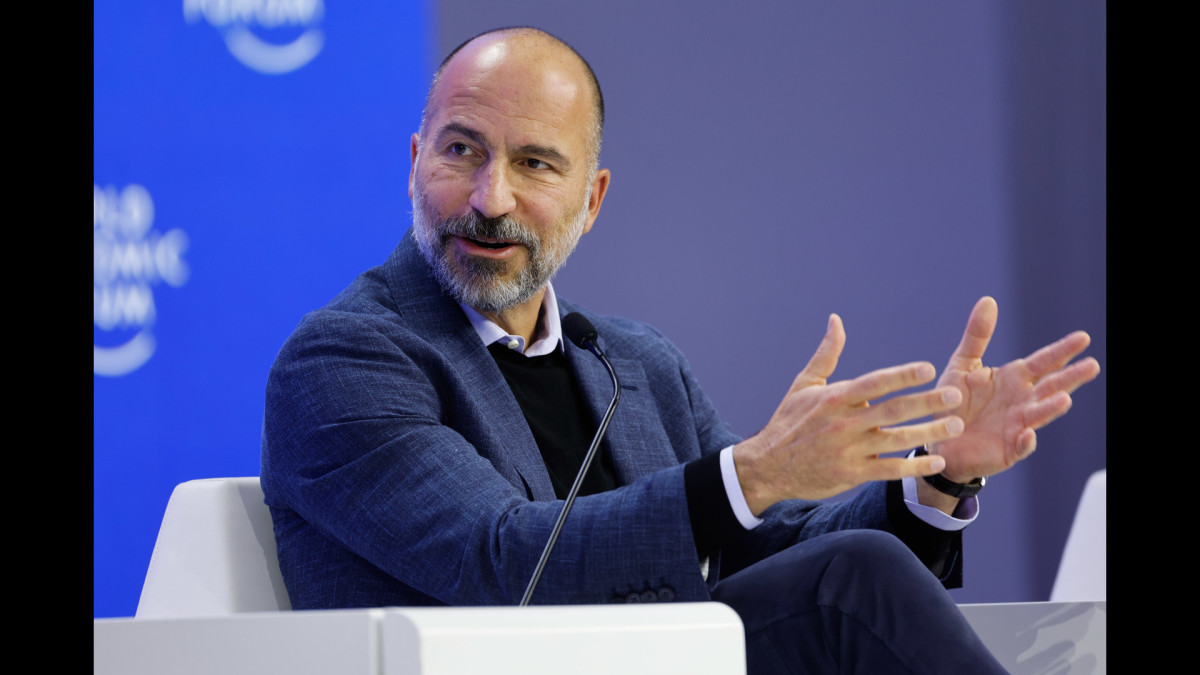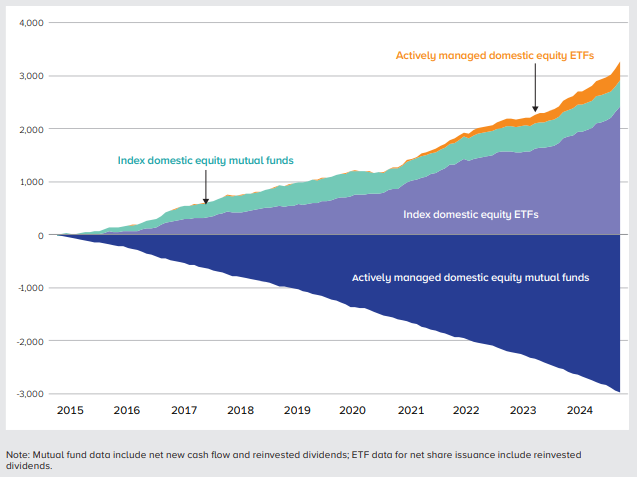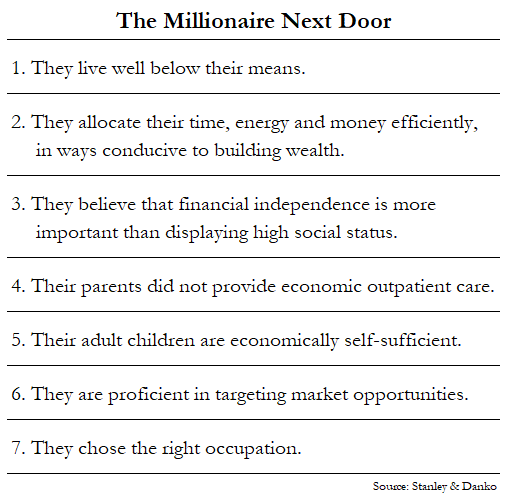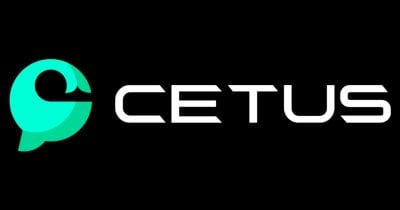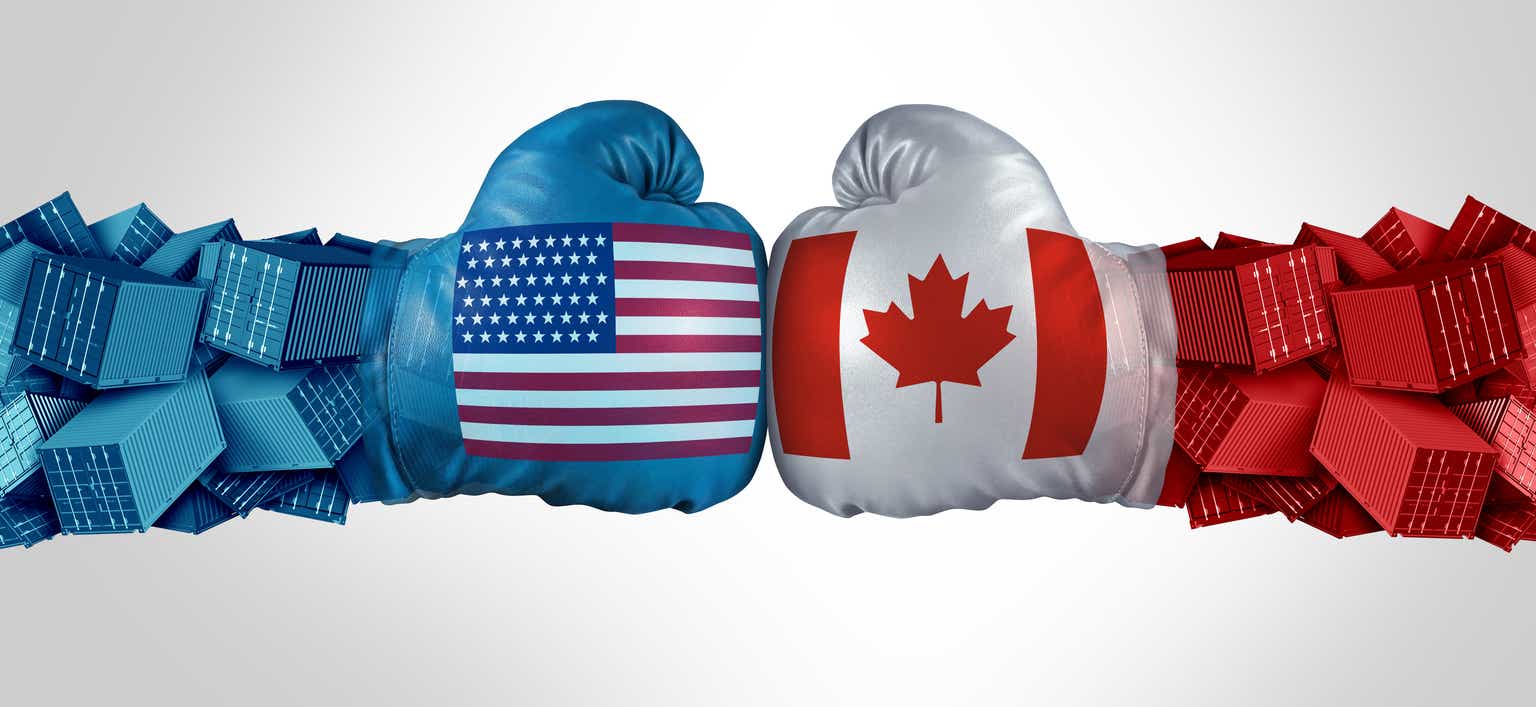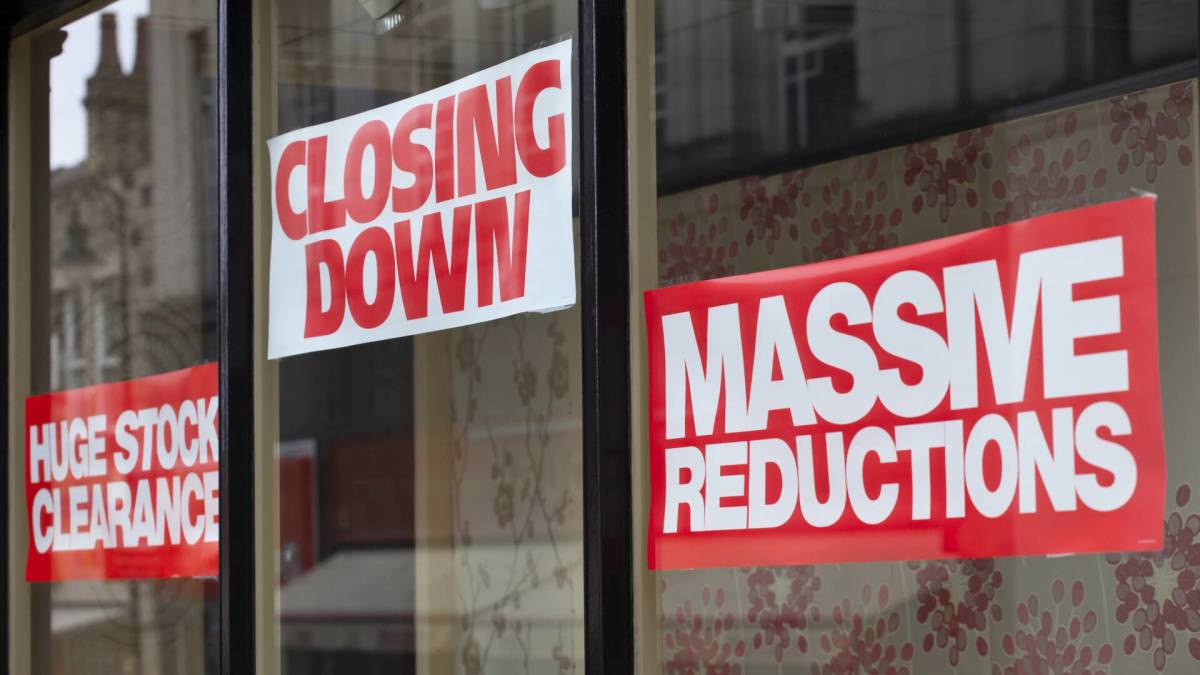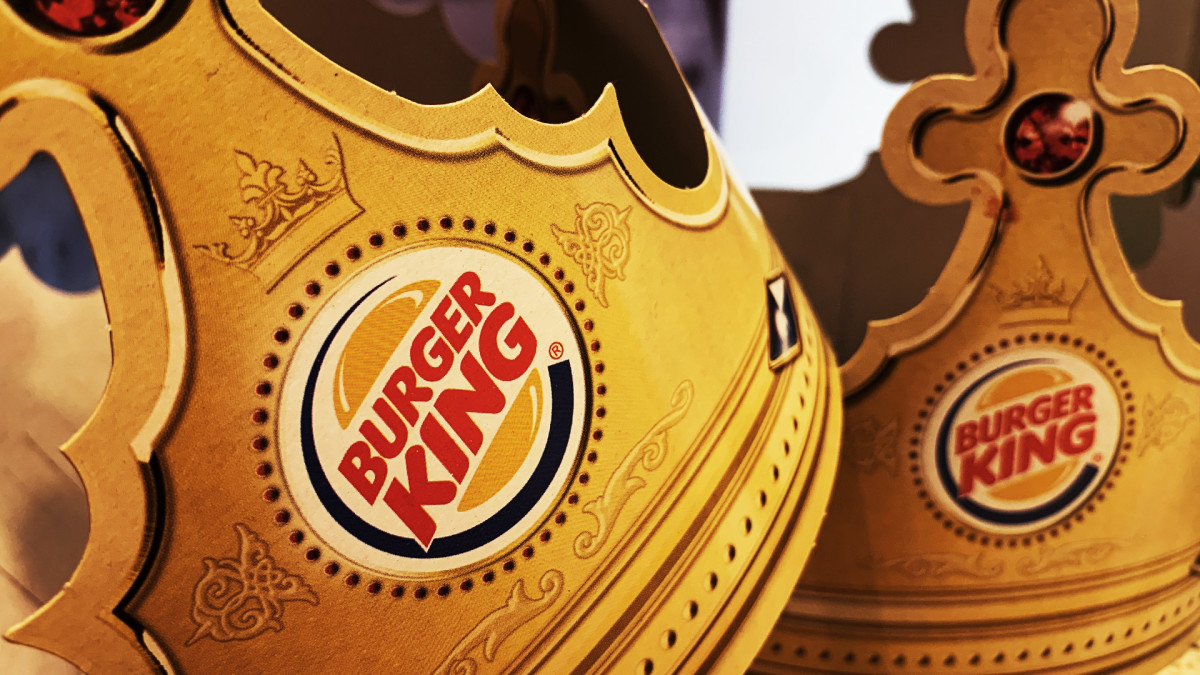Marshalls, TJ Maxx, and HomeGoods, all adding new stores
The TJX brands are growing while many other retailers struggle.
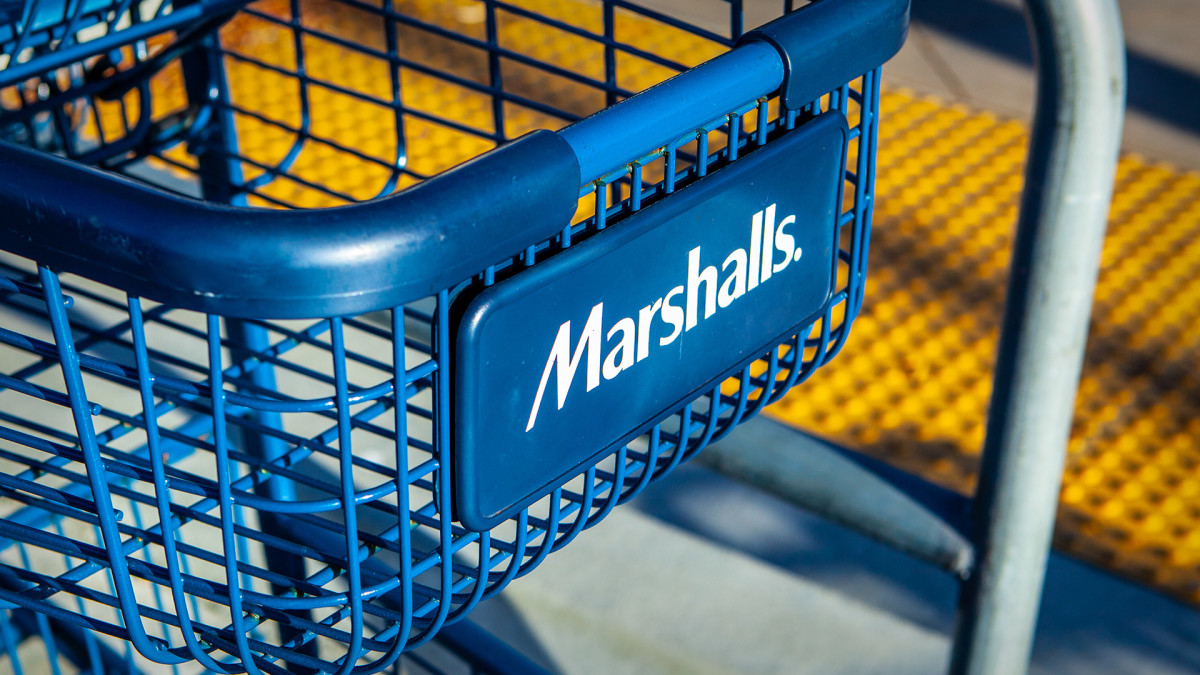
TJ Maxx, Marshalls, and HomeGoods aren’t just stores to me. They're part of a family ritual that’s been passed down like a cherished recipe.
Growing up, a trip to Marshalls with my fashion-forward Nana wasn’t just shopping —it was a full event. We’d load up a cart, grab the family-size dressing room, and try everything on together. It was one of our favorite ways to bond.
We didn’t need a reason to go. It was our version of quality time, more spontaneous than a brunch reservation and way more fun.
Related: An alarming TikTok trend is targeting U.S. shoppers
That tradition didn’t end with childhood. To this day, I still make those same trips — only now it’s with my mom and my aunt. Same stores, same oversized dressing room, same excitement every time we hear a price check on an unexpected deal.
There’s something comforting about knowing you can walk into a Marshalls or HomeGoods and never quite know what you’ll find — but still walk out with something you love (and probably didn’t need, but hey, worth it).
And it turns out I’m not alone. TJX (TJX) , the company behind those beloved off-price stores, is seeing demand soar — and it's opening more stores to meet it. Image source: Shutterstock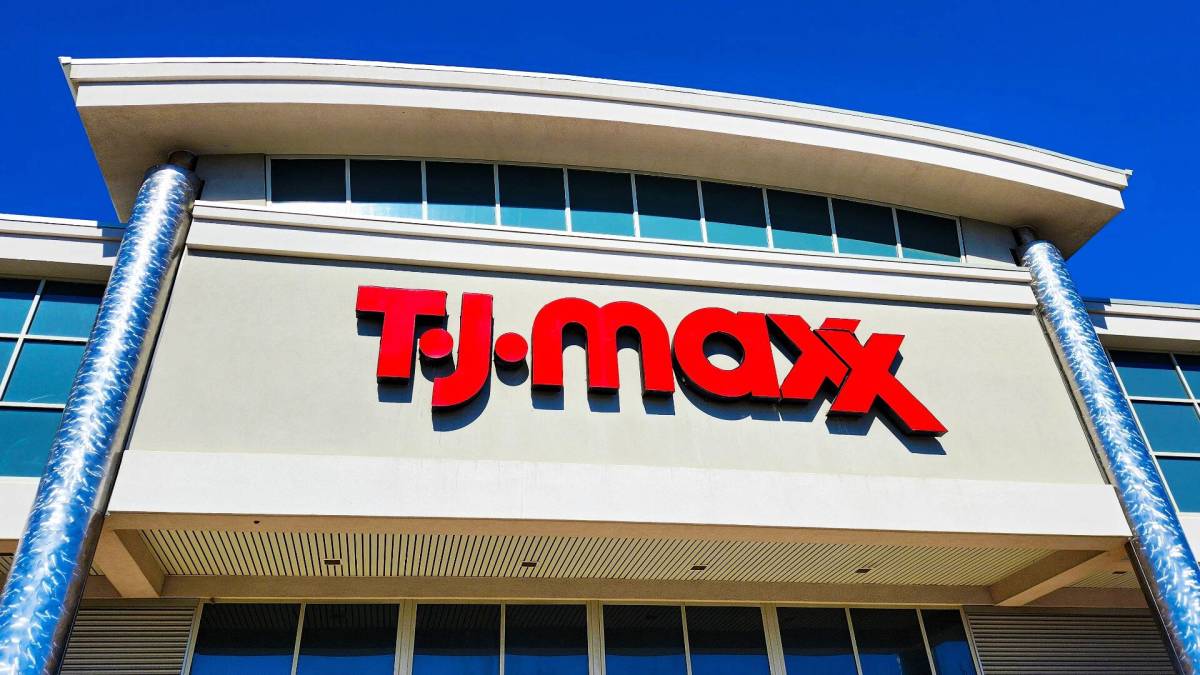
TJX keeps growing as shoppers keep showing up
In its latest earnings report, TJX Companies — the parent of Marshalls, TJ Maxx, HomeGoods, Sierra, and Homesense — made one thing very clear: people are still showing up, and they’re showing up strong.
The off-price retail giant reported a 5% increase in net sales for the first quarter of fiscal 2026, totaling $13.1 billion. Comparable sales rose 3%, driven by a jump in customer transactions — not higher prices, but more people walking through the doors.
And to meet that rising demand, TJX is adding even more locations. The company opened 36 new stores across its banners last quarter, bringing its total to 5,121 stores worldwide. That includes new Marshalls, TJ Maxx, and HomeGoods locations across the U.S., as well as continued expansion in Europe under the TK Maxx name.
Related: Lululemon fans get surprising news about store changes
Ernie Herrman, TJX CEO and president, credited the company’s continued success to its compelling value proposition and treasure-hunt shopping experience.
In other words, that same thrill I felt as a kid in the dressing room with my Nana? It’s still working — and it’s working globally.
The momentum is already spilling into Q2. TJX says the quarter is off to a strong start and it's holding steady on its full-year outlook, confident that the current pace of growth will continue.
TJX’s off-price model continues to drive strong results
TJX isn’t riding a short-term retail trend. It’s leaning into a long-term shift in consumer behavior. As inflation continues to pinch household budgets and shoppers get savvier about spending, stores like Marshalls and TJ Maxx offer a kind of permission to indulge without overspending.
The model isn’t flashy — it’s dependable. Instead of chasing big e-commerce plays or ultra-fast fashion cycles, TJX keeps its focus tight: buy name-brand merchandise at a discount, pass the savings on, and keep inventory moving fast.
That formula allowed TJX to post a pretax profit margin of 10.3%, which beat internal forecasts even as margin pressures from tariffs and labor costs persisted.
And the company isn’t just making money; it’s sharing it. In Q1 alone, TJX returned $1 billion to shareholders through stock buybacks and dividends.
For many shoppers, a trip to Marshalls isn’t about necessity — it’s about joy. It’s about the possibility of finding something unexpected and feeling like you scored. And in a retail landscape full of sameness and stress, that kind of emotional payoff is powerful.
More stores, strong sales, and unwavering customer loyalty? That’s the kind of retail story even my Nana would have approved of.



